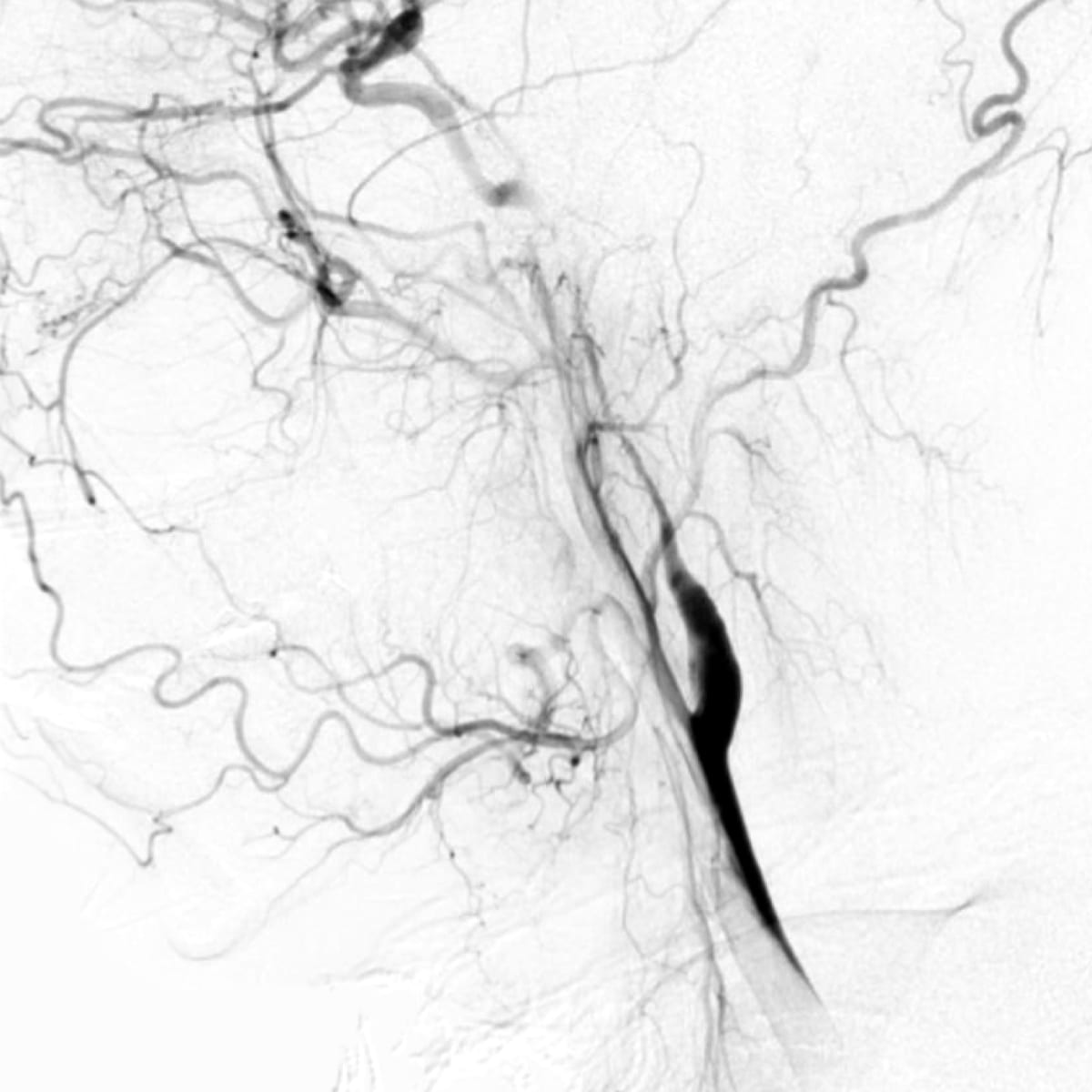In the dynamic realm of stroke management, neurologists face the complex decision of choosing between antiplatelet and anticoagulant therapies for extracranial cervical artery dissection (CeAD). This decision can be as perplexing as deciding between grabbing a quick nap or wolfing down a meal during that rare break between stroke alerts. The Cervical Artery Dissection in Stroke Study (CADISS) attempted to better clarify the most optimal therapeutic path in this clinical scenario.
This landmark trial was a methodologically robust, randomized, open-label study that enrolled 250 patients with extracranial carotid or vertebral artery dissection within 7 days of symptom onset. Participants were equally divided between the two treatment arms, antiplatet and anticoagulation (herarin followed by warfarin) for three months beyond enrollment. The primary end point was ipsilateral stroke or death.
Findings revealed that ipsilateral stroke or death occurred in 3 (2%) patients in the antiplatelet group compared to 1 (1%) in the anticoagulant group, showing no significant difference (OR 0.335, 95% CI 0.006–4.233; p=0.63) between the two treatment modalities. This outcome challenged the previously assumed comparative benefit of anticoagulants in this setting, suggesting that both therapeutic approaches could serve as viable options for acute CeAD management. Secondary outcomes and safety measures, including major bleeding events, were similar between groups as well, further supporting the comparability and safety of the two strategies in clinical practice.
A 2022 systematic review that included 15 comparable studies involving 2064 patients, echoed the CADISS trial’s findings and safety data. However, in a subgroup analysis of these randomized controlled trials, there was a statistical preference for anticoagulants in preventing primary ischemic stroke in patients with cervical artery dissection with an odds ratio of 6.97 (95% CI 1.25–38.83, p=0.03), favoring anticoagulants over antiplatelets. This nuanced finding underscores the importance of personalized treatment decisions. It also calls for further well-designed trials to refine our approach to CeAD.
In conclusion, while the trial showed no significant difference between antiplatelet and anticoagulant therapies, recent subgroup analyses hint at potential benefits of anticoagulation in specific scenarios. So, whether you’re reaching for the aspirin or the apixaban, remember that your clinical judgment, backed by evolving evidence, is your best guide. And who knows? Maybe one day, choosing between antiplatelet and anticoagulant therapies will be as straightforward as deciding between a cat nap and a coffee break – but until then, keep your neurons firing and our options open!
- CADISS trial investigators; Markus HS, Hayter E, Levi C, Feldman A, Venables G, Norris J. Antiplatelet treatment compared with anticoagulation treatment for cervical artery dissection (CADISS): a randomised trial. Lancet Neurol. 2015 Apr;14(4):361-7. doi: 10.1016/S1474-4422(15)70018-9. Epub 2015 Feb 12. Erratum in: Lancet Neurol. 2015 Jun;14(6):566. PMID: 25684164.
- Hagrass, A.I., Almaghary, B.K., Mostafa, M.A. et al. Antiplatelets Versus Anticoagulation in Cervical Artery Dissection: A Systematic Review and Meta-analysis of 2064 Patients. Drugs R D 22, 187–203 (2022). https://doi.org/10.1007/s40268-022-00398-z



